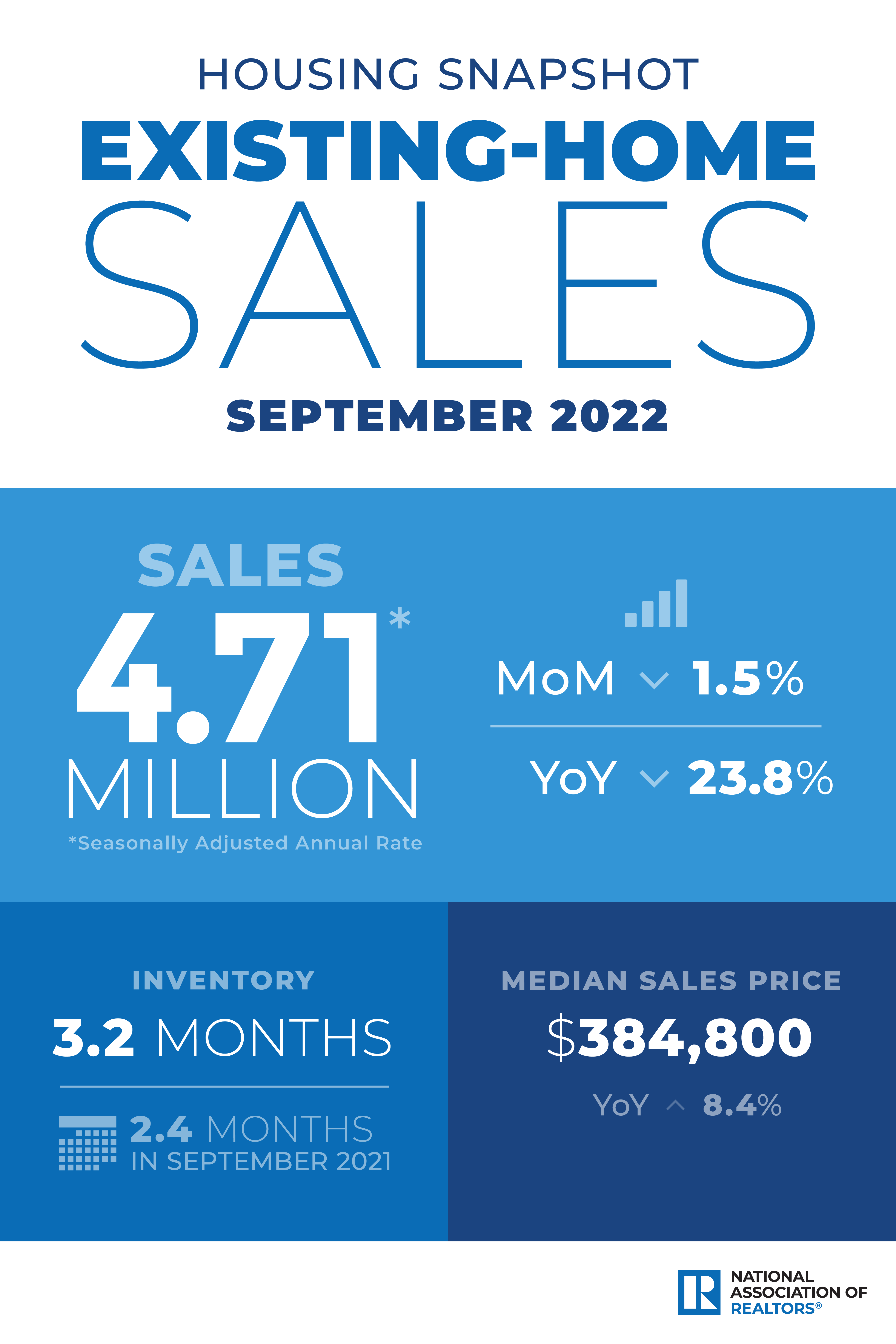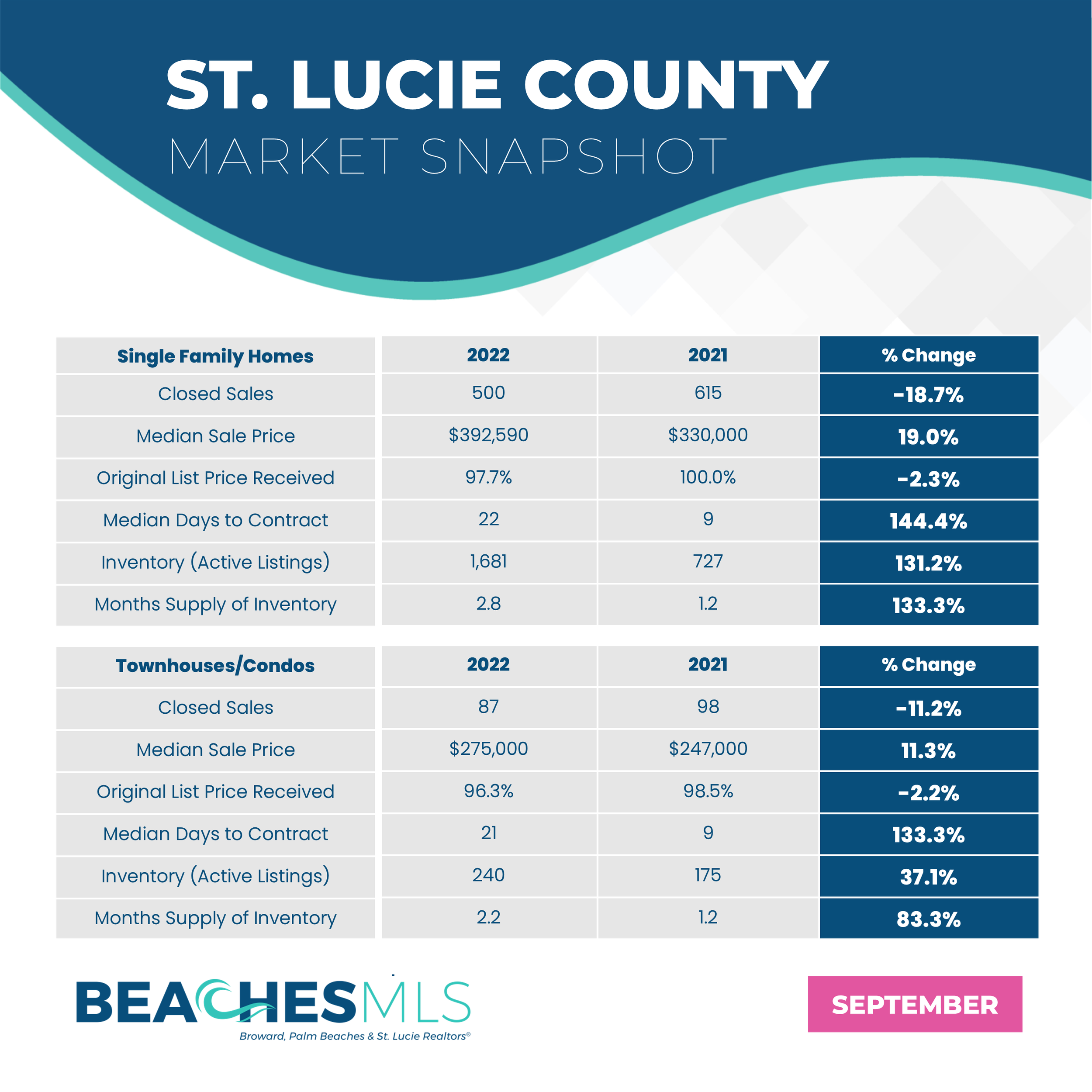
22 FL Cities With The Most New Businesses: Study
Florida and other Southern states rank high for new businesses, a study said. 22 FL cities are on a list of most new businesses per capita.
FLORIDA — As worries about the U.S. tipping into a recession continue, one study says a reason for optimism is an elevated level of new business creation since the start of COVID-19.
The U.S. has averaged more than 400,000 monthly applications for new businesses since the pandemic began, buoyed by government stimulus payments, low interest rates and increased home values during the pandemic, along with the Great Resignation as workers decided to strike out on their own, according to the analysis by Smartest Dollar.
Florida and other parts of the South rank high for entrepreneurs starting their own businesses, the study said. From the Miami metro leading the largest category of cities, to The Villages at the bottom of the small cities list, the state has 22 cities among the tops for new businesses, Smartest Dollar’s report said.
Among metro areas, Florida’s cities stand out as the nation’s leaders in new business formation. With a fast-growing population, low taxes, and other business-friendly attributes, the Sunshine State is home to four of the top six major cities for new businesses per capita, according to data from the U.S. Census Bureau.
Here are the Florida metropolitan areas with the most new businesses, broken down by large, midsize and small metros.
Large Metros
No. 1 Miami-Fort Lauderdale-Pompano Beach
- New business applications per 1k residents: 44.14
- Total new business applications (2021): 270,966
No. 3 Orlando-Kissimmee-Sanford
- New business applications per 1k residents: 30.76
- Total new business applications (2021): 82,239
No. 5 Tampa-St. Petersburg-Clearwater
- New business applications per 1k residents: 25.22
- Total new business applications (2021): 80,089
No. 6 Jacksonville
- New business applications per 1k residents: 25.18
- Total new business applications (2021): 40,436
Midsize Metros
- No. 2 Naples-Marco Island, 9,536 new business applications
- No. 6 Port St. Lucie, 11,670
- No. 9 Tallahassee, 9,054
- No. 10 Cape Coral-Fort Myers, 17,719
- No. 12 Lakeland-Winter Haven, 16,066
- No. 14 North Port-Sarasota-Bradenton, 17,273
- No. 19 Deltona-Daytona Beach-Ormond Beach, 12,758
- No. 21 Ocala, 7,045
- No. 26 Palm Bay-Melbourne-Titusville, 10,655
- No. 28 Pensacola-Ferry Pass-Brent, 8,662
Small Metros
- No. 10 Panama City, 4,197
- No. 13 Crestview-Fort Walton Beach-Destin, 6,605
- No. 26 Sebastian-Vero Beach, 2,878
- No. 34 Gainesville, 5,666
- No. 38 Sebring-Avon Park, 1,592
- No. 40 Punta Gorda, 2,837
- No. 72 Homosassa Springs, 1,912
- No. 123 The Villages, 1,283
Wyoming leads the U.S. with 58.12 new business applications per 1,000 residents — potentially a product of the state’s low population, but also its lack of income taxes — while Delaware, a famously business-friendly state, comes in second at 44.98.
Other more active states for new business tend to be found in the South, while New England and the Midwest have lower levels of new business applications.
To determine the locations with the most new businesses per capita, researchers at Smartest Dollar — a website that compares small business insurance and products — calculated the number of new business applications per 1,000 residents for the year 2021.
Read the full report at https://smartestdollar.com/research/cities-with-the-most-new-businesses-per-capita.
Methodology & Detailed Findings
The data used in this study is from the U.S. Census Bureau’s Business Formation Statistics dataset. To determine the locations with the most new businesses per capita researchers at Smartest Dollar calculated the number of new business applications per 1,000 residents for the year 2021. In the event of a tie, the location with the greater total number of business applications in 2021 was ranked higher. Researchers also provided statistics on the one-year (2020–2021) and two-year (2019–2021) change in new business applications. To improve relevance, only locations with at least 100,000 residents were included. Metropolitan areas were further grouped based on population size: small (100,000–349,999), midsize (350,000–999,999), and large (1,000,000+)







